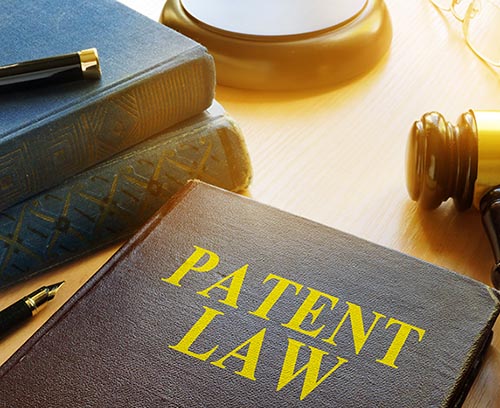Patent prosecution refers to the process of interacting with a patent office, such as the United States Patent and Trademark Office (USPTO), to obtain a patent on an invention. This process involves a series of communications, negotiations, and amendments between the patent applicant (or their representative, such as a patent attorney or agent) and the patent office, primarily through a patent examiner.
The patent prosecution process typically includes the following steps:
- Filing a patent application, which comprises a detailed description of the invention, claims defining the scope of protection sought, and any necessary drawings or illustrations.
- Formalities examination, where the patent office checks if the application meets the filing requirements, such as the necessary documentation, fees, and format.
- Substantive examination, during which a patent examiner assesses the application based on the patentability criteria, such as novelty, inventive step (non-obviousness), and industrial applicability (utility).
- Receiving office actions from the patent office, which may include objections, rejections, or requests for clarification or amendments related to the application.
- Responding to office actions by providing arguments, amendments, or additional information to address the issues raised by the examiner. This step may involve multiple rounds of communication and negotiation.
- In some cases, appealing an unfavorable examination decision to a higher authority within the patent office or a specialized court.
- Once the application satisfies all requirements, the patent office grants the patent, providing the applicant with exclusive rights to the invention for a specified period.
It is important to note that patent prosecution is distinct from patent litigation, which involves resolving disputes over patent infringement or validity in court.







